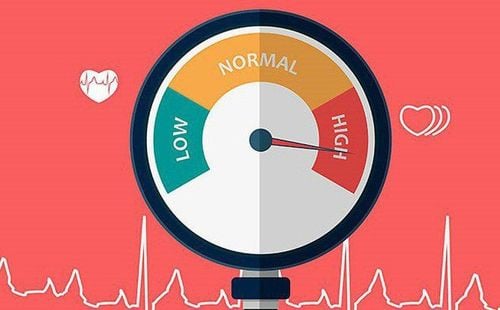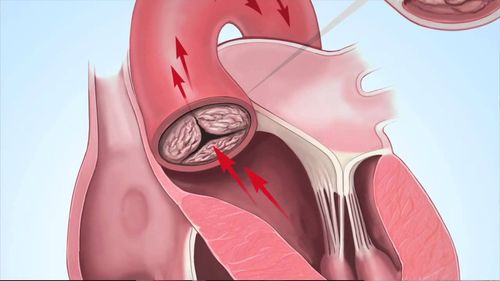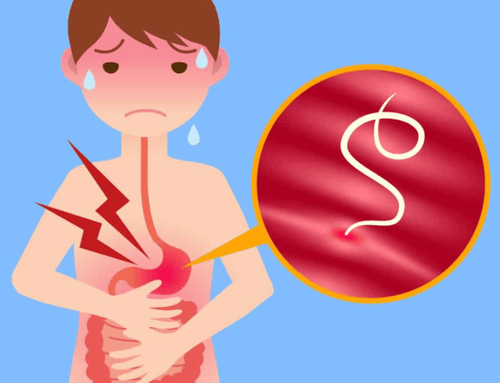Nội dung bạn đang tìm kiếm không có phiên bản tiếng Việt.
Vui lòng chọn tiếp tục để xem nội dung tiếng Anh hoặc đi đến trang chủ Tiếng Việt.
Rất xin lỗi về sự bất tiện này.

Home
Tag Pericardial effusion
Articles in Pericardial effusion

Pericardial effusion in the fetus
A pericardial effusion less than 2mm thick is normal. However, if the pericardial effusion in the fetus is 2mm or denser, it may be related to structural heart abnormalities or congenital diseases.
Xem thêm











